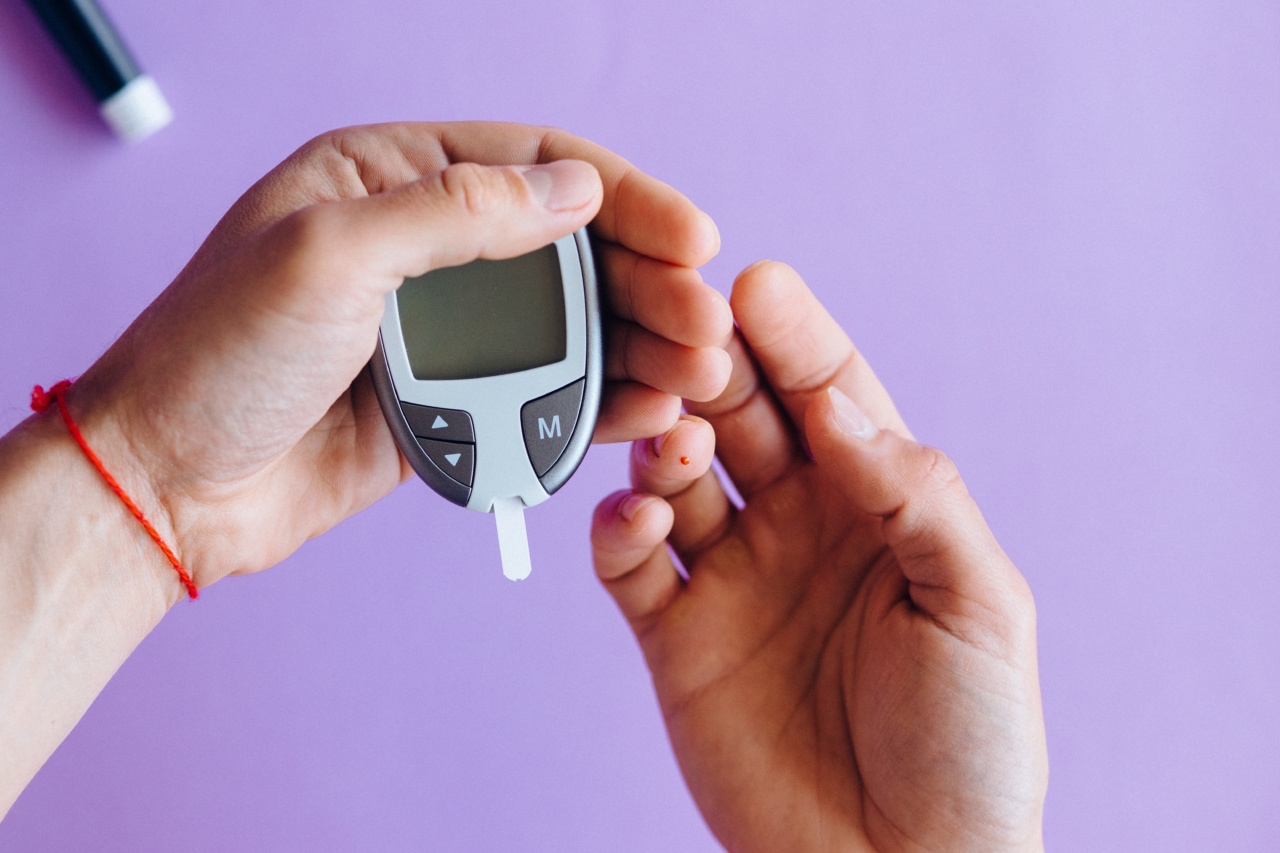Diabetes, a chronic condition characterized by elevated blood sugar levels, affects millions of people worldwide.
It not only poses significant health risks but also places a considerable financial burden on individuals, governments, and healthcare systems. The high costs associated with managing diabetes make it crucial to find effective strategies for tackling this issue.
This article explores various approaches that can help reduce the financial burden of diabetes and improve the quality of life for those affected.
The Economic Impact of Diabetes
Diabetes has a profound economic impact, both at the individual and societal levels.
The costs of managing diabetes encompass direct medical expenses, such as doctor visits, medications, and hospitalizations, as well as indirect costs arising from reduced productivity and disability. According to the International Diabetes Federation (IDF), global healthcare expenditures related to diabetes amounted to a staggering $760 billion in 2019.
Prevention and Early Detection
One of the most effective ways to tackle the high costs of diabetes is through prevention and early detection.
Type 2 diabetes, which accounts for the majority of diabetes cases, is closely linked to lifestyle factors such as poor diet and lack of exercise. Promoting healthy eating habits, encouraging physical activity, and educating individuals about the risk factors associated with diabetes can all contribute to reducing the onset of the disease.
Furthermore, early detection allows for timely interventions that can prevent or delay complications associated with diabetes.
Regular blood sugar screenings and routine check-ups can help identify individuals at risk and enable them to make necessary lifestyle changes or start appropriate treatment early on. By preventing the progression of the disease, the financial burden of long-term complications can be significantly reduced.
Access to Affordable Medications and Treatment
Access to affordable medications and treatment options is vital in reducing the financial burden of diabetes.
High drug prices can prevent individuals with diabetes from accessing essential medications, leading to inadequate disease management and increased healthcare costs in the long run.
Governments and healthcare systems must prioritize ensuring affordable access to diabetes medications. This can be achieved through initiatives such as generic drug subsidies, price negotiations, and promoting competition among pharmaceutical companies.
Additionally, expanding health insurance coverage and reducing out-of-pocket expenses for diabetes-related services can significantly alleviate the financial strain faced by individuals with diabetes.
Diabetes Education and Self-Management
Diabetes education plays a crucial role in empowering individuals to effectively manage their condition and prevent costly complications.
By providing comprehensive education on self-care practices, healthy lifestyle choices, and proper medication management, individuals with diabetes can better control their blood sugar levels and reduce the need for frequent medical interventions.
Healthcare providers should prioritize diabetes education during patient visits, offering support and resources to help individuals make informed decisions about their care.
Community-based programs and online platforms can also play a significant role in providing accessible information and fostering peer support networks, enabling individuals to take charge of their health and reduce healthcare costs.
Technology and Innovation
The advancements in technology have opened up new avenues for managing diabetes more efficiently and cost-effectively.
Continuous glucose monitoring (CGM) devices, insulin pumps, and mobile applications designed specifically for diabetes management have revolutionized the way individuals monitor their blood sugar levels and adhere to treatment plans.
Integrating such technologies into diabetes care can improve treatment adherence and optimize glycemic control. This, in turn, can reduce the risk of complications and decrease healthcare costs associated with emergency room visits and hospitalizations.
However, it is essential to ensure the affordability and accessibility of these innovations to all individuals, regardless of their socioeconomic status.
Collaboration between Healthcare Providers and Insurance Companies
Collaboration between healthcare providers and insurance companies is crucial in tackling the high costs of diabetes.
By working together, they can streamline care delivery, share data, and develop value-based payment models that prioritize preventive care and better outcomes.
Insurance companies can play an active role in incentivizing healthcare providers to focus on preventive measures and comprehensive disease management.
By offering higher reimbursements for diabetes education programs, regular check-ups, and evidence-based interventions, insurance companies can encourage healthcare providers to invest in proactive diabetes care, ultimately reducing the financial burden for both parties.
Public Health Campaigns and Policies
Public health campaigns and policies play an essential role in raising awareness about diabetes prevention, early detection, and management.
Governments should invest in educational campaigns targeting both the general population and high-risk groups, emphasizing the benefits of a healthy lifestyle and regular screenings.
In addition to awareness campaigns, governments should introduce policies that support diabetes prevention and management.
These policies may include taxes on unhealthy food and beverages, mandatory nutrition labeling, and regulations on marketing unhealthy products to children. By creating an environment that promotes healthy choices, governments can reduce the prevalence of diabetes and its associated economic burden.
The Importance of Research and Innovation
Investing in research and innovation is vital in finding long-term solutions to the high costs of diabetes.
By supporting research initiatives, governments and healthcare organizations can drive advancements in diabetes prevention, treatment, and management.
Research efforts should focus on developing cost-effective approaches and interventions that prioritize patient outcomes.
This can involve studying the economic impact of different diabetes management strategies, exploring the effectiveness of alternative therapies and technologies, and assessing the cost-effectiveness of preventive measures.
Conclusion
The high costs of diabetes pose a significant challenge to individuals and healthcare systems worldwide.
However, by adopting a multi-faceted approach that includes prevention, early detection, affordable access to medications, comprehensive education, innovative technologies, collaboration, and supportive policies, it is possible to tackle this issue effectively.
Controlling and reducing the economic burden of diabetes not only improves the financial well-being for individuals and governments but also enhances the overall quality of life for people living with diabetes.
By prioritizing proactive measures and investing in research and innovation, we can pave the way for a future where diabetes management is affordable, accessible, and successful for all.


























